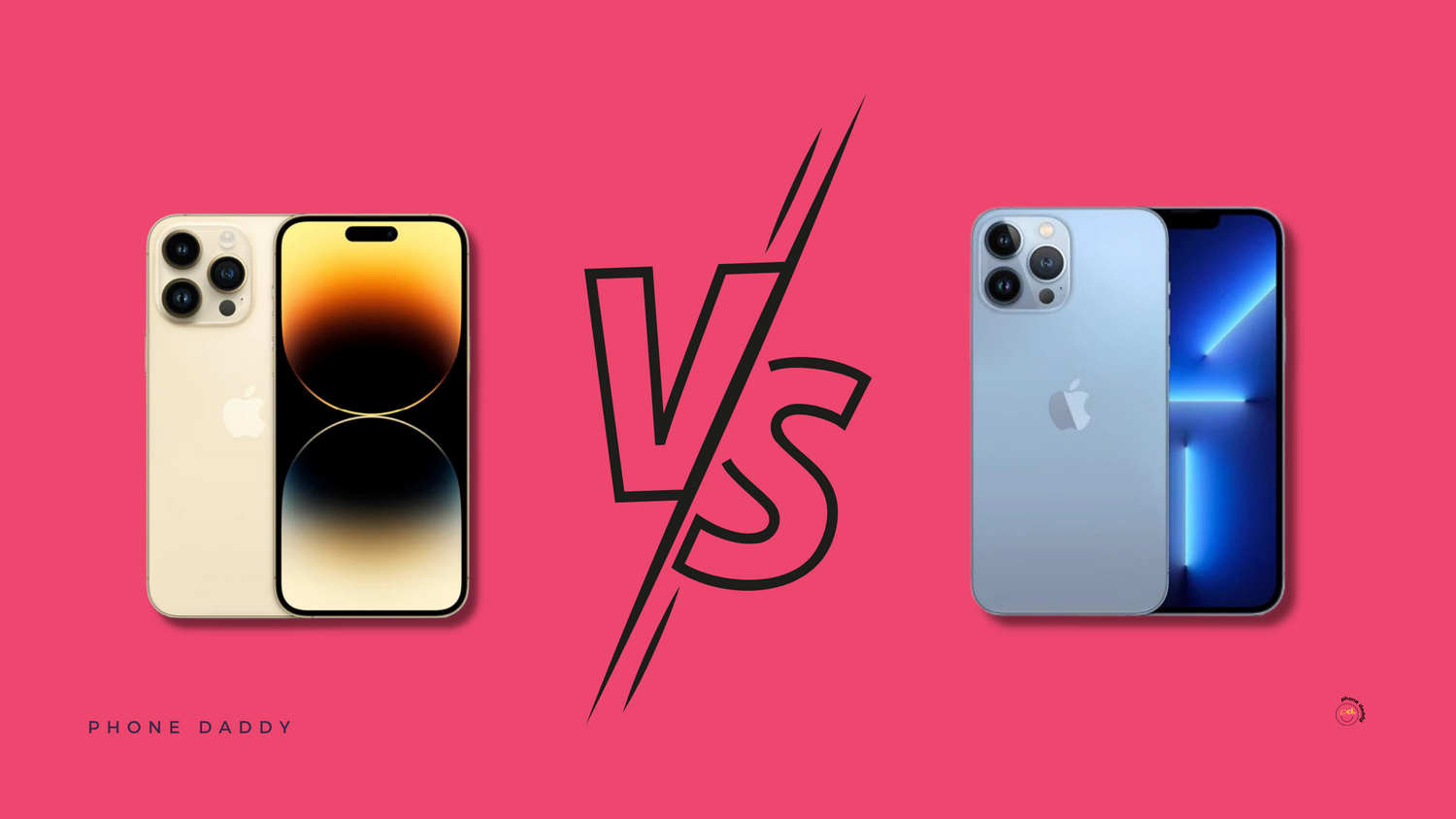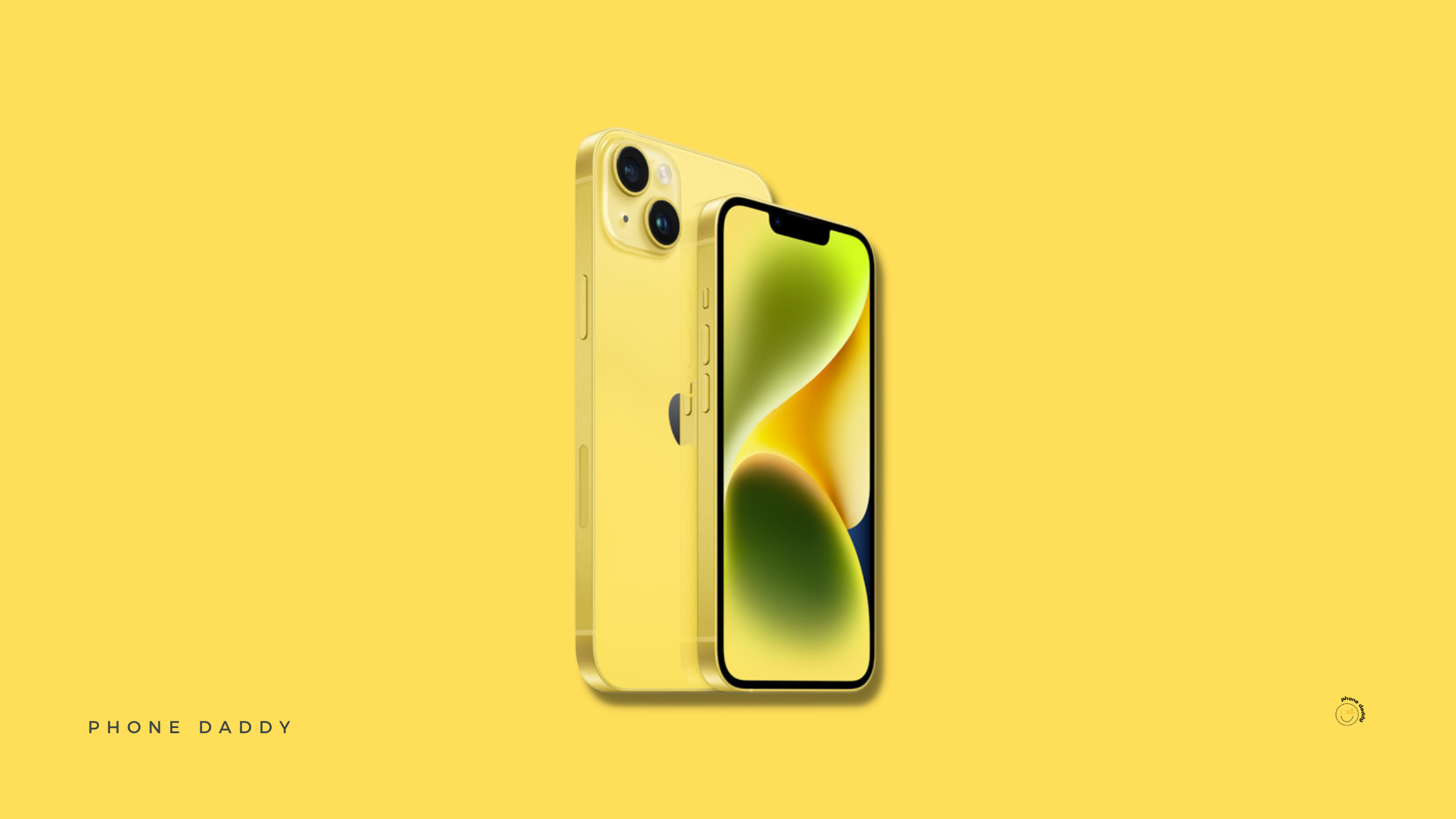- The iPhone 14 Pro Max offers minor improvements over the iPhone 13 Pro Max.
- The most significant difference is the camera system, with the iPhone 14 Pro Max featuring a 48 MP main lens.
- The iPhone 14 Pro Max may be more suitable for those upgrading from an older device, but for iPhone 13 users, there may not be enough new features to justify upgrading.
The debate over whether to upgrade from the iPhone 13 Pro Max to the latest and greatest iPhone 14 Pro Max is still hot even months after its release. With mixed reviews and rumors about the iPhone 14 models, it can be difficult to decide if the latest iteration of the iPhone is worth the investment. In this buyer's guide, we'll take a closer look at the differences between the iPhone 13 Pro Max and the iPhone 14 Pro Max to help you make an informed decision about whether to upgrade or hold onto your current device.
iPhone 13 Pro Max vs. iPhone 14 Pro Max
Below, we have compared the features of the iPhone 13 Pro Max with iPhone 14 Pro Max. Take a look to make an informed decision about whether or not to upgrade.
|
Features |
iPhone 13 Pro Max |
iPhone 14 Pro Max |
|
Screen Size |
6.7 inches |
6.7 inches |
|
Battery |
4352 mAh |
4323 mAh |
|
Camera |
12MP main lens 12 MP telephoto lens (with 3x optical zoom) 12 MP ultrawide lens 12 MP selfie camera |
48 MP main lens 12 MP telephoto lens (with 3x optical zoom) 12 MP ultrawide lens 12 MP selfie camera |
|
OS |
iOS 15, upgradable to iOS 16.3 |
iOS 16, upgradable to iOS 16.3 |
|
Chipset |
Apple A15 Bionic |
Apple A16 Bionic |
|
Memory |
128 GB, 256 GB, 512 GB, 1 TB |
128 GB, 256 GB, 512 GB, 1 TB |
|
Weight |
8.47 ounces |
8.47 ounces |
|
Colors |
Graphite, Silver, Gold, Sierra Blue, Alpine Green |
Space Black, Silver, Gold, Deep Purple |
Design and Display
At first glance, the iPhone 14 Pro Max appears quite similar to its forerunner, featuring flat edges encompassing a 6.7-inch screen occupying a significant portion of the phone's front. However, the most significant variation is subtle and only noticeable upon closer inspection. It’s a pill-shaped cutout at the screen’s top center that accommodates the phone's camera setup. This pill-shaped notch, called the Dynamic Island, has replaced the smaller notch featured in iPhone 13 models.
The iPhone 14 Pro Max maintains the 6.7-inch OLED display of its predecessor, with the addition of an always-on display feature. This feature is designed to showcase the lock screen, which you can now customize significantly in iOS 16.
The available iPhone 14 Pro Max colors include graphite, silver, gold, and a new Deep Purple. Although Apple dropped the previous year's blue and green options, we recently got a yellow iPhone. However, the yellow color is only available for the iPhone 14 and iPhone 14 Plus.
The new model features adaptive refresh rate technology similar to the previous version but with the added ability to lower the refresh rate to as low as 1Hz, enabling the always-on display to conserve power. This feature is also available on Samsung's Galaxy S22 Ultra.
Performance
Apple's latest flagship smartphone, the iPhone 14 Pro Max, features the A16 Bionic chip, an upgraded version of the A15 Bionic chip used in the iPhone 13 models. The A16 Bionic boasts a 6-core CPU with 2 performance cores and 4 efficiency cores, along with a 5-core GPU and a 16-core Neural Engine. The new chip is manufactured on a 4-nanometer process, an improvement from its predecessor's 5nm process.
While the iPhone 14 Pro Max is expected to be faster and more powerful than the iPhone 13 Pro Max, the difference may not be significant. Benchmark tests showed that both the iPhone 14 Pro and iPhone 14 Pro Max outperformed their A15 Bionic-powered predecessors in Geekbench 5, but the graphics testing improvement was less notable due to the extra GPU core in the A15 Bionic chip used in the iPhone 13 Pro and iPhone 13 Pro Max, which now powers the standard iPhone 14.
Both chipsets are incredibly fast and efficient, but the A16 Bionic offers a slight performance boost. However, this may be more noticeable for users who frequently run resource-intensive applications or play demanding games on their devices.
Camera
The most significant difference between the two models is the camera system. The iPhone 14 Pro Max features a 48 MP main lens, a considerable improvement over the 12 MP main lens found in the iPhone 13 Pro Max. Both models have a 12 MP telephoto lens with 3x optical zoom, a 12 MP ultrawide lens, and a 12 MP selfie camera.
As far as the iPhone 14 Pro Max vs. iPhone 13 Pro Max camera comparison is concerned, the latter takes the win. Its main lens results in much better image quality, especially in low-light conditions.
Compared to iPhone 13 Pro Max, the iPhone 14 Pro Max has an enhanced video capturing capability, thanks to the addition of the cinematic mode that allows recording videos with a shallow depth of field at 30 fps in 4K HDR. Its predecessor, on the other hand, could only record such videos in 1080p with no HDR. Furthermore, the iPhone 14 Pro and Pro Max also boast a new Action Mode that enables users to capture high-speed action videos.
Battery Life
Surprisingly, the iPhone 14 Pro Max has a slightly smaller battery capacity at 4323 mAh, compared to the 4352 mAh battery in the iPhone 13 Pro Max. However, the difference is minimal, and battery life should remain relatively similar between the two devices, with software optimizations playing a significant role in power management.
Price
The iPhone 14 Pro Max maintained its predecessor's starting price of $1,099 in the U.S. Compared to the Galaxy S23 Ultra, starting at $1,119, you can buy the iPhone 14 Pro Max at a relatively affordable price tag for a premium flagship phone.
For those who find the idea of paying a four-figure amount for a new phone daunting, the option to buy a used iPhone is always appealing. You can get a used iPhone 14 Pro Max for sale for less than a new iPhone 13 Pro Max.
So, should you upgrade to iPhone 14?
The improvements of the iPhone 14 compared to the iPhone 13 are mostly minor, with enhancements in photography and videography, battery life, and GPU performance. For those concerned with safety, the iPhone 14 Pro and iPhone 14 Pro Max offer more notable upgrades with 6GB of memory, Crash Detection, Emergency SOS via satellite, and improved camera hardware.
However, the iPhone 14 is likely more suitable for those upgrading from an older device. So, if you have a used iPhone X or a refurbished iPhone XS, you should consider upgrading to the iPhone 14 Pro Max.
But for an iPhone 13 user, there may not be enough new features to justify purchasing the iPhone 14 Pro Max unless a larger display is desired. The iPhone 13 remains highly capable for everyday use, and the majority of its versatile features are also found in the iPhone 14, such as the A15 Bionic chip, OLED Super Retina XDR display, Ceramic Shield, Night mode, MagSafe, and IP68 water resistance. Therefore, waiting for a more substantial upgrade may be a better option.



1 comment
Byamukama Peter
OK, thanks you a lot for the more advise
OK, thanks you a lot for the more advise